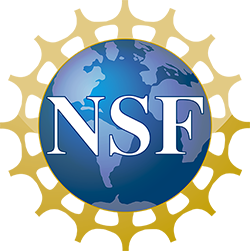The Behavioral Repertoire of Dinoflagellates:
High-speed, High-resolution Imaging of Ecologically
Important Species-Species Interaction
Dinoflagellates play a diverse set of roles in marine food webs, serving as predators, prey and primary producers. The interactions that dinoflagellates have with other planktonic organisms and with each other underlie many of the processes that regulate ocean ecosystems and biogeochemical cycles. In order to understand these large-scale dynamics, it is important to understand the behavioral patterns of these organisms on an individual level.
In this project we are using a technology recently developed by co-PI Houshuo Jiang, the high-speed microscale imaging system (HSMIS), to visualize swimming behavior and interactions of key dinoflagellate species. Traditional microscopy is inadequate for viewing the full range of dinoflagellate swimming behaviors, and this new system is unique in its vertically aligned focal plane as well as its ability to capture high-speed high-magnification images from relatively large-volume containers. This setup ensures free swimming of cells and also allows us to observe the effects of gravity upon swimming behavior. With both laboratory and field configurations, we can use the HSMIS to capture dinoflagellate behavior from cultured organisms or in situ. Species we are investigating range in morphology and geographic distribution, and include Alexandrium, Heterocapsa, Amoebophrya and Dinophysis.
Objectives of this research include:
- Characterize and compare swimming behavior between dinoflagellate forms.
- Characterize and compare swimming imposed flow-field between dinoflagellate forms.
- Characterize patterns of species-species interactions. This includes behaviors in the presence of predators, competitors, and parasites.

A Dinophysis captures a Mesodinium cell. Figure from Jiang et al. 2018
Partners/Collaborators
This is a joint project with PI Houshuo Jiang, WHOI and Michael Brosnahan, WHOI.
